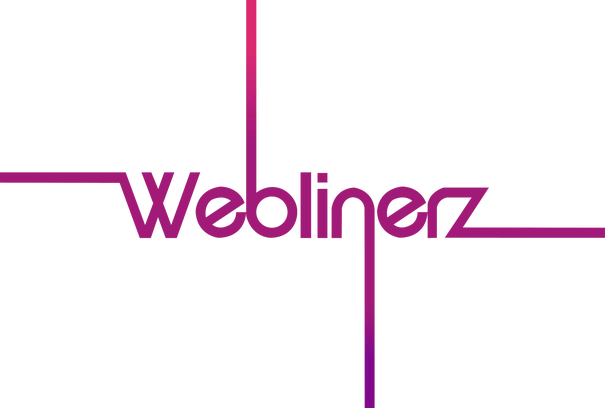Selecting the right technology stack is a crucial decision in app development. The tech stack encompasses the programming languages, frameworks, libraries, and tools used to build an app. Choosing the right tech stack can significantly impact your app’s performance, scalability, and development process. In this blog, we will explore the key factors to consider when selecting a tech stack for your app development project to ensure a successful and efficient development journey.
Define Your Project Requirements: Before diving into the world of tech stacks, it’s essential to clearly define your project requirements. What features and functionalities do you want your app to have? What platforms will your app support? Understanding your project requirements will help you narrow down the options and select a tech stack that aligns with your app’s needs.
Consider Scalability and Performance: Scalability and performance are critical factors in app development. As your app grows and attracts more users, it should be able to handle increased traffic and data loads. Consider the scalability and performance capabilities of the tech stack you choose. Look for technologies that can handle high loads, offer efficient data processing, and provide scalability options like cloud integration or horizontal scaling.
Evaluate Development Speed and Efficiency: The development speed and efficiency of your project are vital for timely delivery. Assess the learning curve and developer productivity associated with the tech stack you’re considering. Choose technologies that developers are familiar with or have ample resources and documentation available. Look for frameworks or libraries that offer code reusability, automated testing, and rapid prototyping capabilities to speed up development.
Consider Community Support and Documentation: The availability of community support and comprehensive documentation is crucial when selecting a tech stack. A vibrant community can provide valuable resources, tutorials, and forums for troubleshooting. Additionally, thorough documentation ensures that developers can easily understand and utilize the features and functionalities of the technology. Choose a tech stack with an active community and extensive documentation to support your development journey.
Assess Integration Capabilities: Consider the integration capabilities of the tech stack with other systems or third-party services. If your app needs to communicate with external APIs, databases, or other software, ensure that the chosen tech stack offers seamless integration options. Look for technologies that have established integration patterns and libraries, as this will save you time and effort during development.
Keep Maintenance and Future Updates in Mind: App development doesn’t end with the initial release. Regular maintenance and future updates are essential for keeping your app secure, bug-free, and up-to-date. Consider the tech stack’s track record for regular updates, security patches, and community support. It’s important to choose technologies that have an active development community, ensuring that your app remains well-maintained and compatible with future updates.
Conclusion: Choosing the right tech stack is a critical decision that can significantly impact the success of your app development project. By defining your project requirements, considering scalability and performance, evaluating development speed and efficiency, assessing community support and documentation, assessing integration capabilities, and keeping maintenance and future updates in mind, you can make an informed decision. Remember, the right tech stack will enable your app to perform optimally, offer a seamless user experience, and facilitate efficient development. Take the time to research, consult with experts, and weigh the pros and cons of different tech stacks to ensure a successful app development journey.





